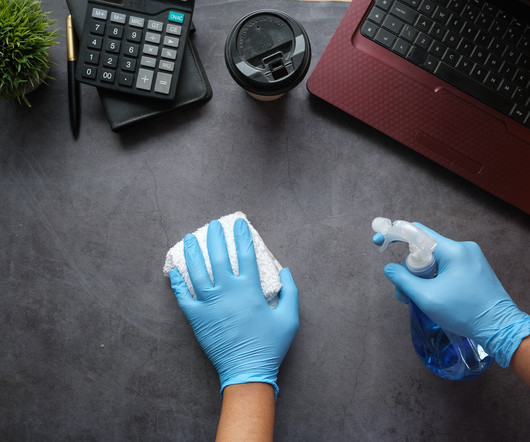Malvertising Is a Cybercrime Heavyweight, Not an Underdog
SecureWorld News
MARCH 29, 2024
This ends up executing sketchy code that installs viruses, ransomware, spyware, or adware behind the victim's back. The attackers then mishandle this well-known adversary simulation tool to harvest information about the operating system, exfiltrate data, and locate directories and services with weak access control settings.













Let's personalize your content